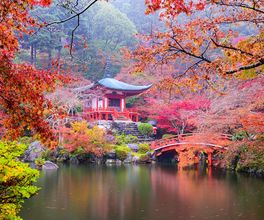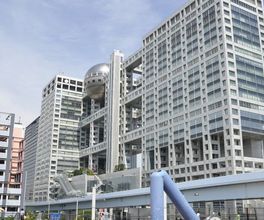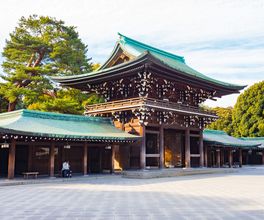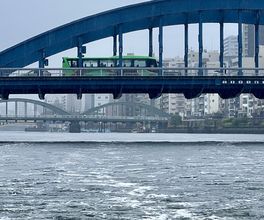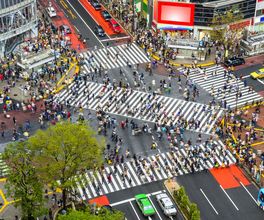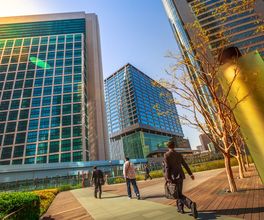




About this experience
I invite you to a sightseeing walk around Nagasaki, during which you will get acquainted with the main attractions, and I will give a brief tour of the city's history, culture, and traditions.
Nagasaki is a port city. During the Sakoku policy (Japan's closed-door policy), Nagasaki was the 'window to Europe'. Thanks to this, there is a special atmosphere here - against the backdrop of Japanese uniqueness, we see traces of Europeans and Chinese. The cultural blend is reflected in religion, cuisine, and architecture. The city has been known since the 12th century, but it gained sad fame at the end of World War II when an atomic bomb was dropped on the city on August 9, 1945.
What to Expect
The rich history of the city is reflected in its numerous historical monuments, which I would like to introduce you to.
- First, I suggest visiting the open-air museum, the former foreign settlement - Thomas Glover's gardens, where houses from the mid-19th century are located. Here, surrounded by picturesque nature with a beautiful view of the city's harbor, you will learn about the lives and traditions of the local settlers.
- On the way back, we can visit the oldest Catholic church in Oura. Nagasaki is called the 'Little Rome', with more Catholic churches here than Buddhist and Shinto shrines. Along the way, there are plenty of souvenir shops to explore if desired. * We will also visit the Confucius mausoleum, a rather bright and picturesque place.
- In the city center, you can visit the 17th-century temple ensembles Kofukuji and Sofukuji, which have Chinese roots and differ from Japanese Buddhist temples.
- Close by is the Spectacles Bridge, where the reflection in the Nakajima River forms spectacles - hence the name.
- There is a shop nearby that has been selling Japanese knives for over 800 years. In the past, they forged weapons for samurais, and now they produce items for peaceful purposes.
- For lunch, it is better to discuss the menu and preferences in advance, at the beginning of the tour or via email, to reserve a table in advance.
- Then I would like to show you the Suwa Shinto shrine - here, a grand festival called Kunchi is held every autumn, with each district performing its theatrical act, very colorful and unusual.
- Finally, we will visit the Peace Park - the museum and park at the epicenter of the atomic explosion.
The program can be adjusted depending on your wishes and interests.
Organizational Details
- As Nagasaki is a terraced city with steps, descents, and ascents everywhere, and even with a car, not everywhere is accessible (plus Japan is very strict with parking) - comfortable shoes are mandatory.
- Expenses for tickets to the aforementioned temples and museums are 20 US dollars per person.
- If the tram program is chosen, a one-day pass costs 5 dollars per person. If the program includes a car, up to 4 people - 100 dollars, up to 8 people - 170 dollars, a bus for up to 25 people with a driver - 400 dollars.

